
How to Market Payroll Giving at Your Environmental Conservation Group
Effectively marketing payroll giving within the environmental…

How to Market Payroll Giving at Your Wildlife Rescue
Payroll giving is an invaluable resource for wildlife rescues…
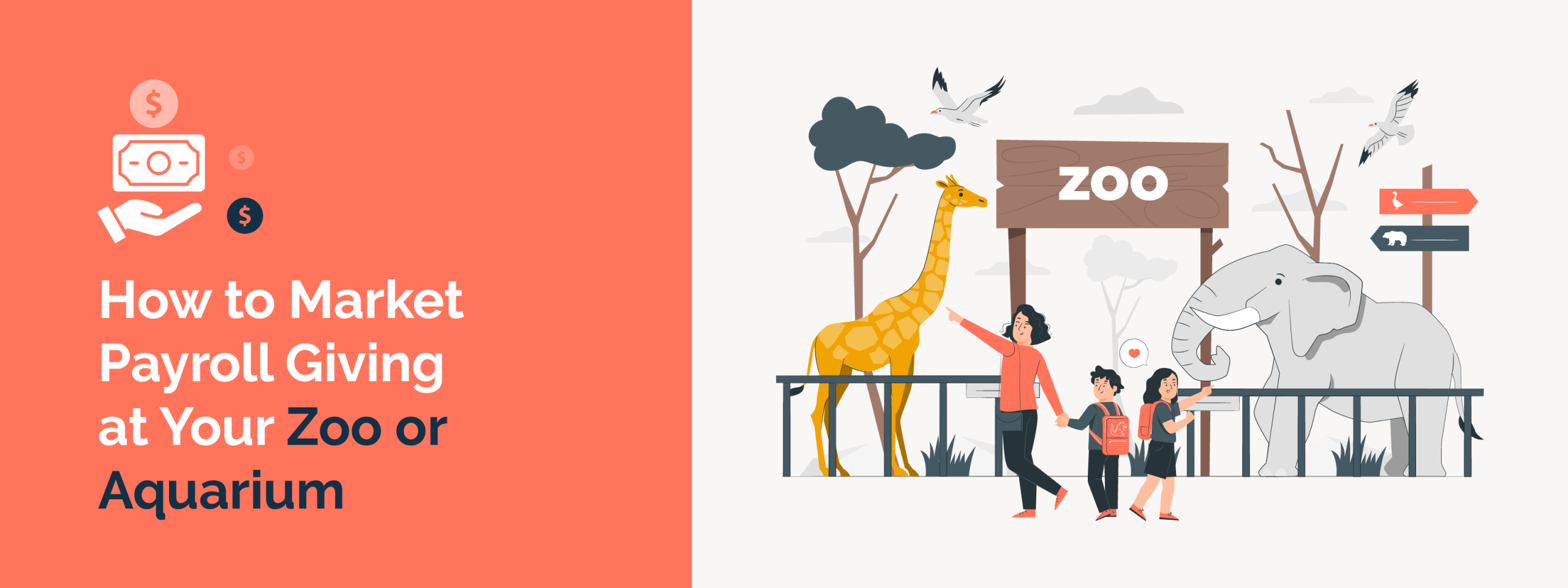
How to Market Payroll Giving at Your Zoo or Aquarium
Payroll giving is a transformative tool for nonprofit organizations,…

How to Market Payroll Giving at Your Climate Action Group
Payroll giving offers a transformative opportunity for climate…
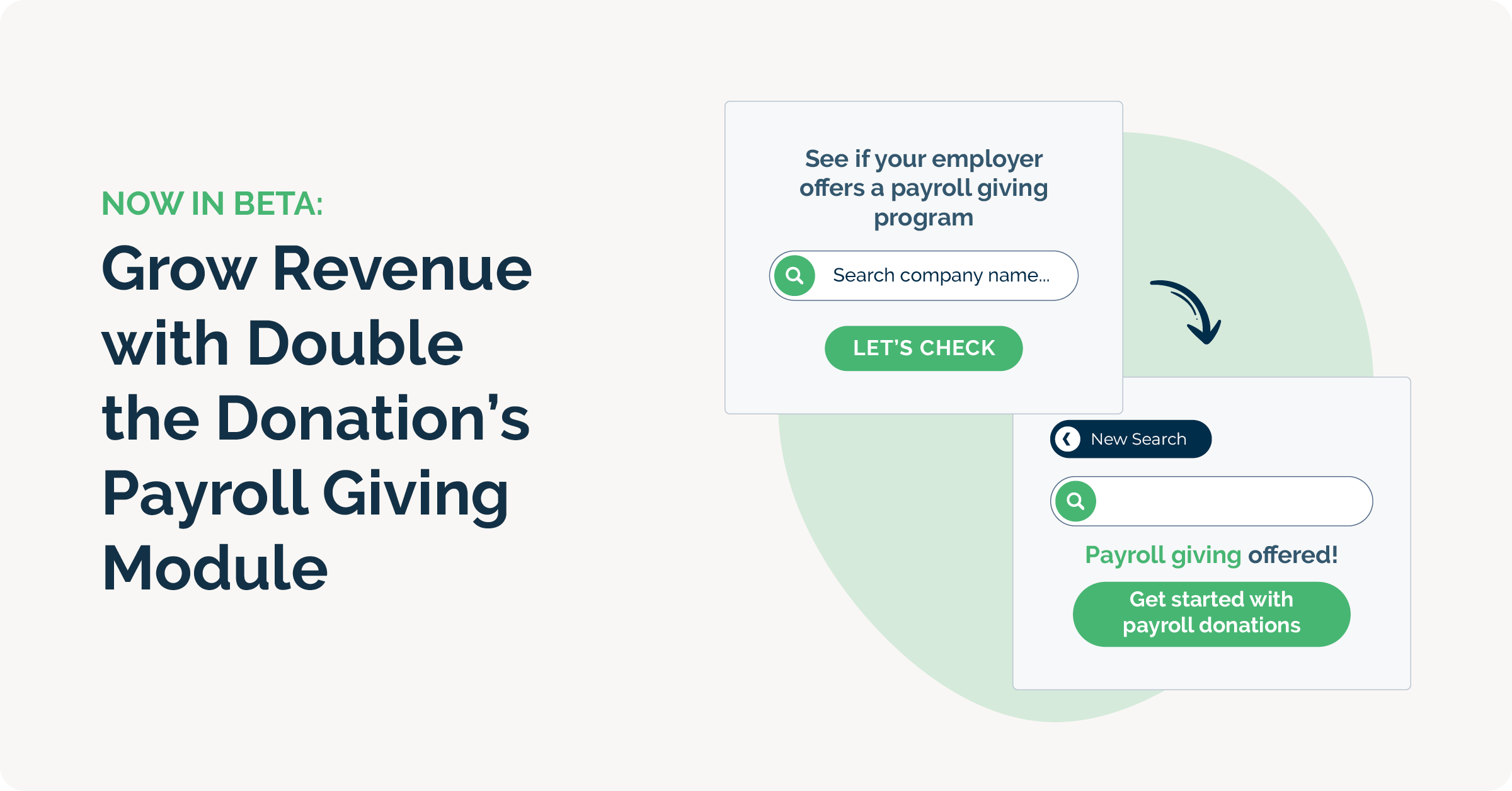 https://doublethedonation.com/wp-content/uploads/2025/07/Blog-Feature_-Now-in-Beta_-Payroll-Giving-Module.png
1256
2400
Erin Lavender
https://doublethedonation.com/wp-content/uploads/2025/11/DTD-horizontal-logo-300x63.png
Erin Lavender2025-07-28 12:34:352025-11-21 04:46:44Now in Beta: Grow Revenue with Double the Donation’s Payroll Giving Module
https://doublethedonation.com/wp-content/uploads/2025/07/Blog-Feature_-Now-in-Beta_-Payroll-Giving-Module.png
1256
2400
Erin Lavender
https://doublethedonation.com/wp-content/uploads/2025/11/DTD-horizontal-logo-300x63.png
Erin Lavender2025-07-28 12:34:352025-11-21 04:46:44Now in Beta: Grow Revenue with Double the Donation’s Payroll Giving Module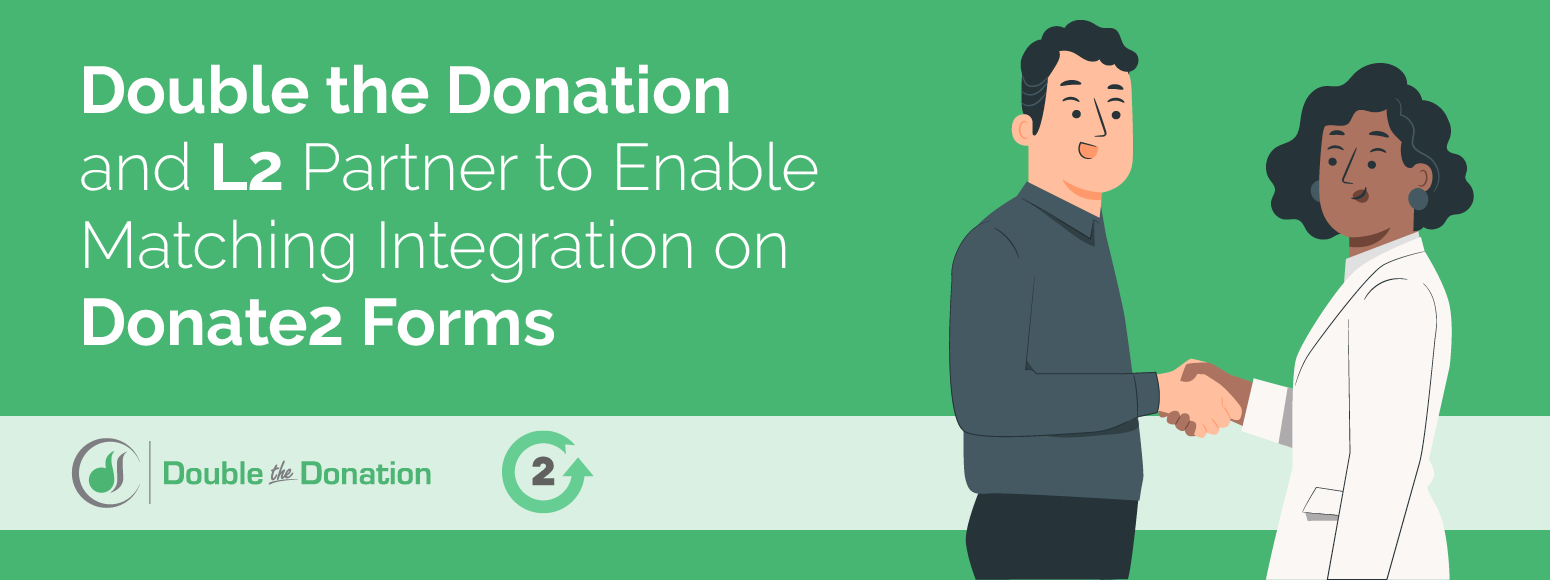
Double the Donation and L2 Partner to Enable Matching Gift Integration on Donate2 Forms
Double the Donation and L2 are excited to announce their new…

How Climate Action Groups Can Secure In-Kind Donations
Climate action groups play a vital role in addressing environmental…
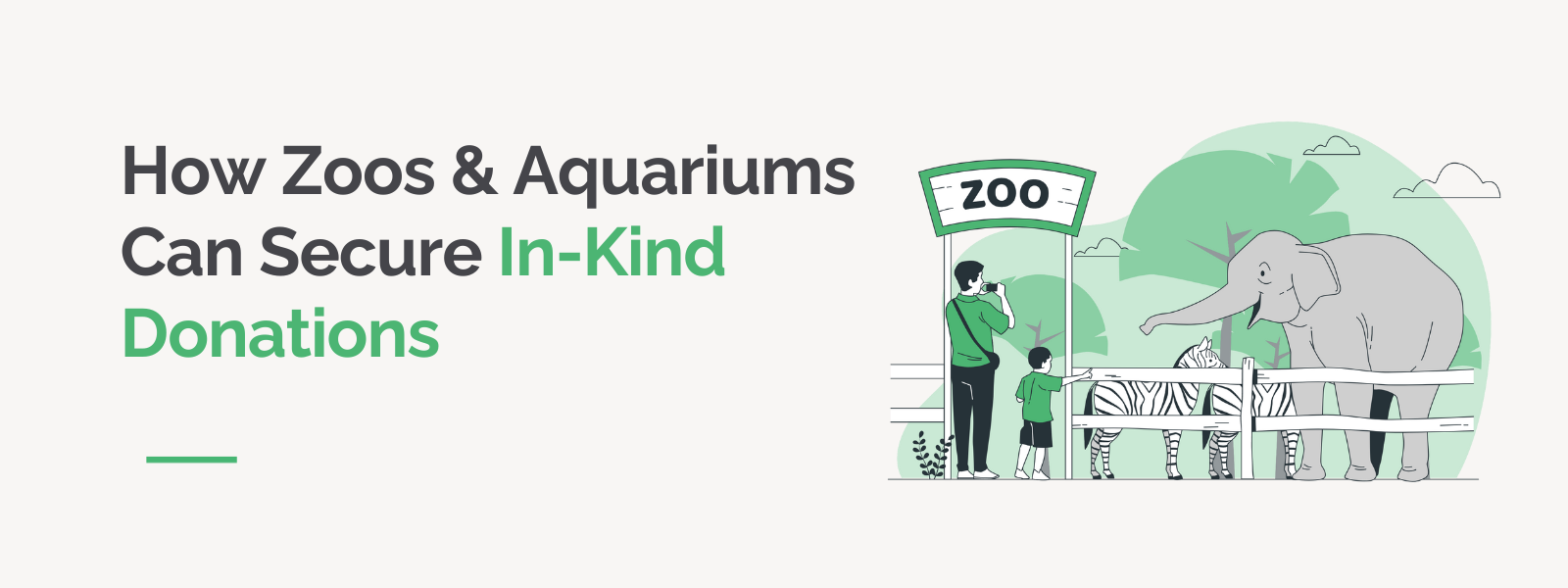
How Zoos & Aquariums Can Secure In-Kind Donations
Zoos and aquariums play a vital role in wildlife conservation,…
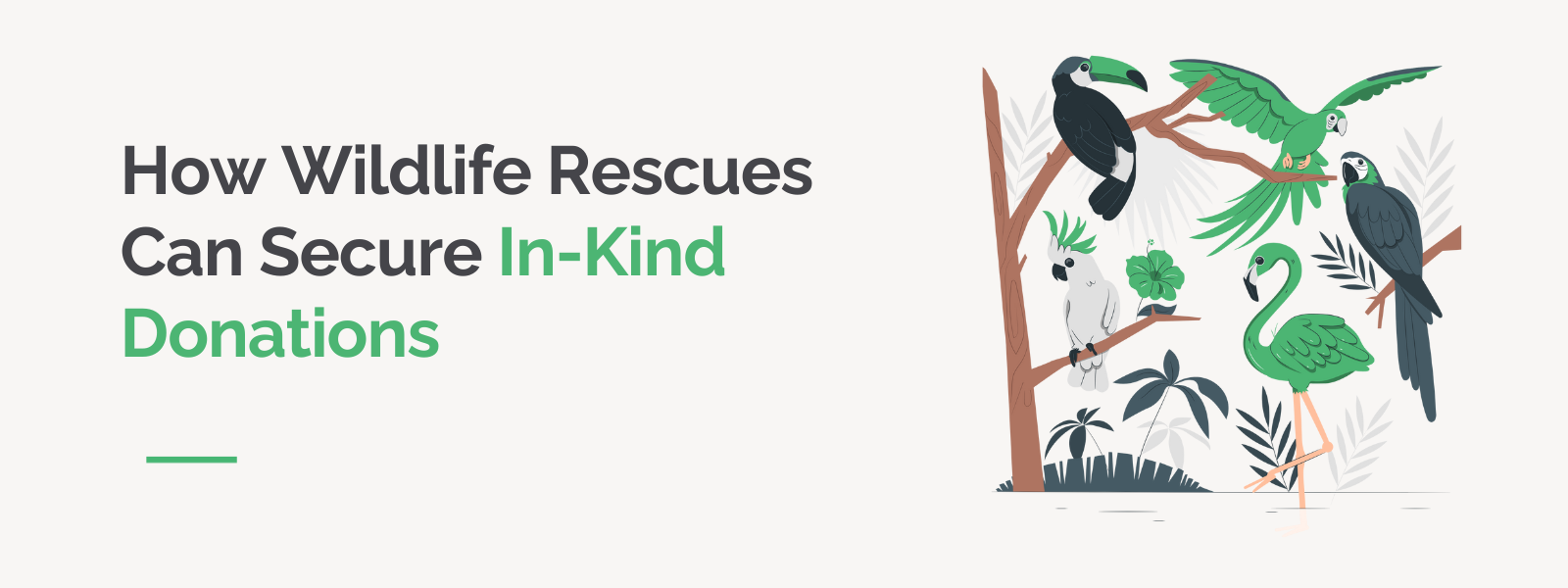
How Wildlife Rescues Can Secure In-Kind Donations
Wildlife rescues play a vital role in protecting and rehabilitating…
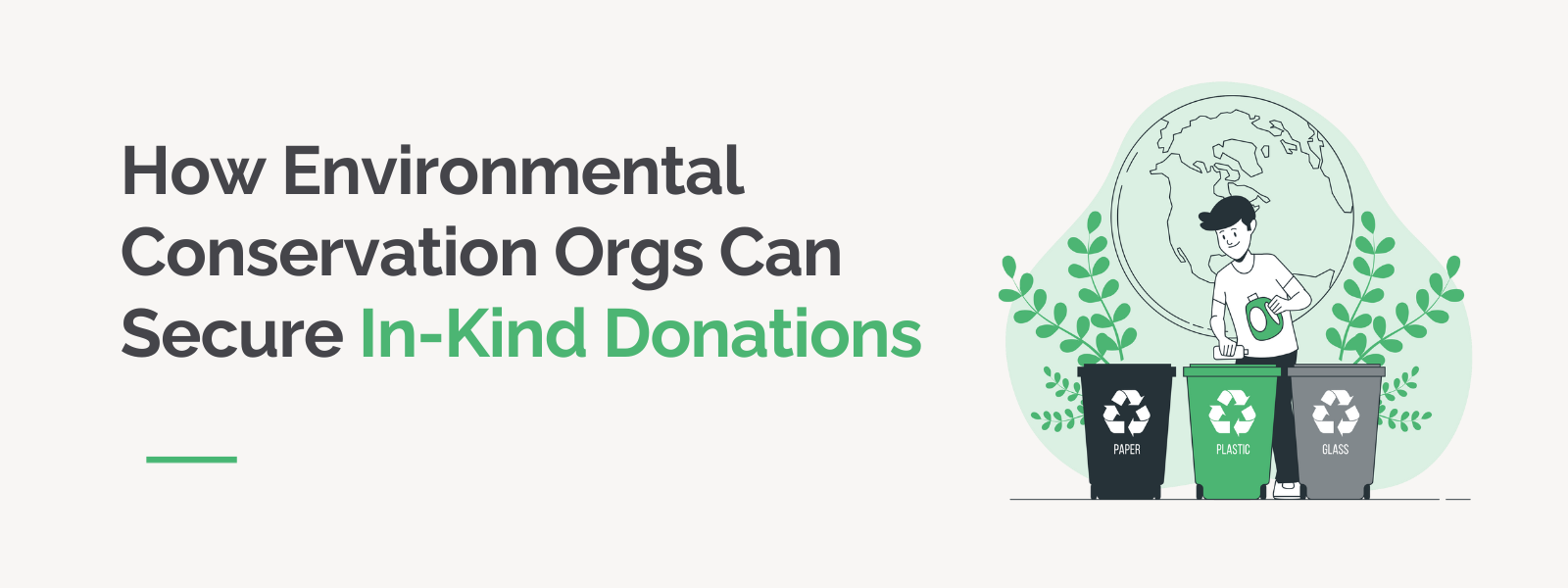
How Environmental Conservation Groups Can Secure In-Kind Donations
Environmental conservation organizations play a vital role in…

